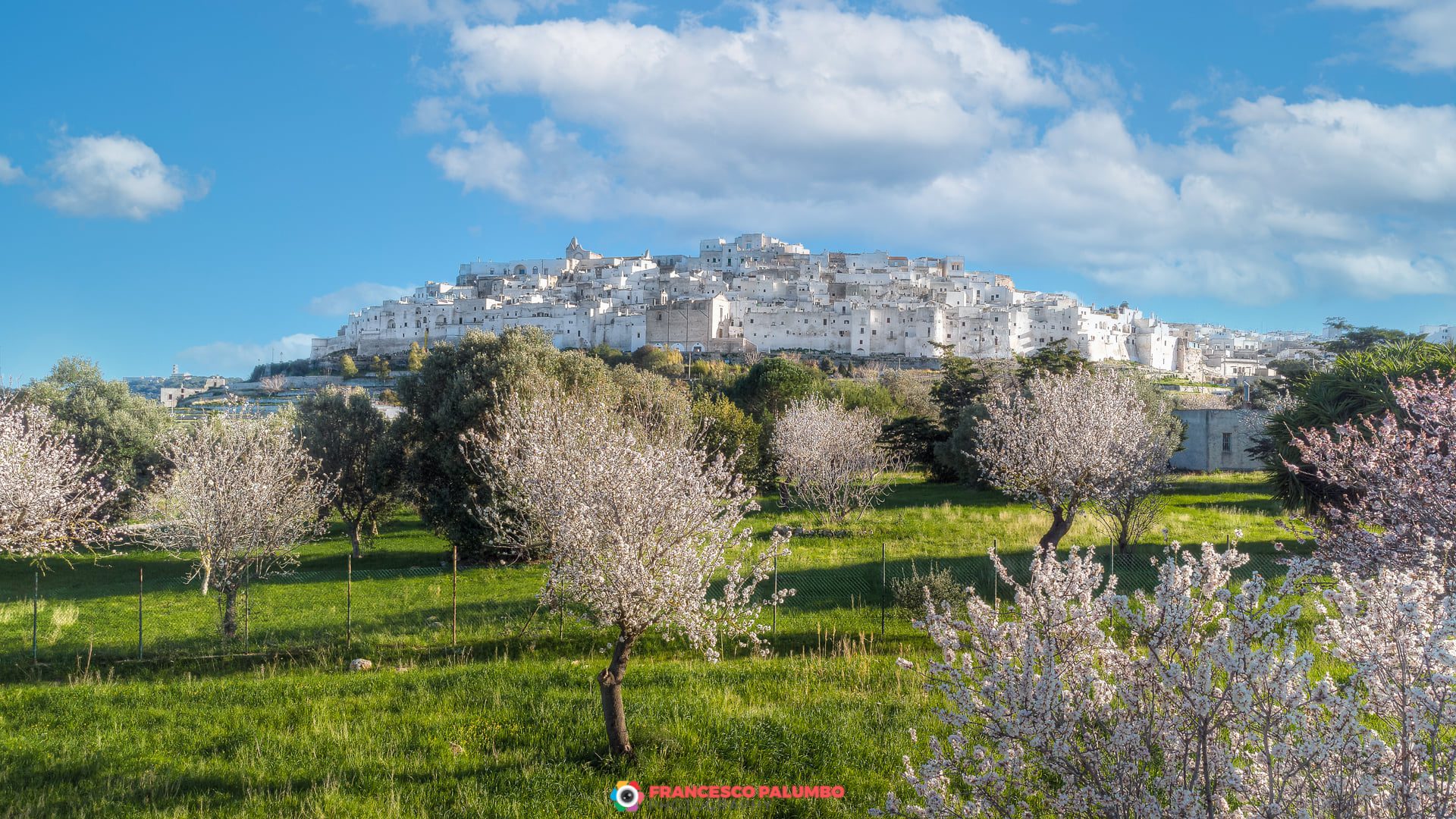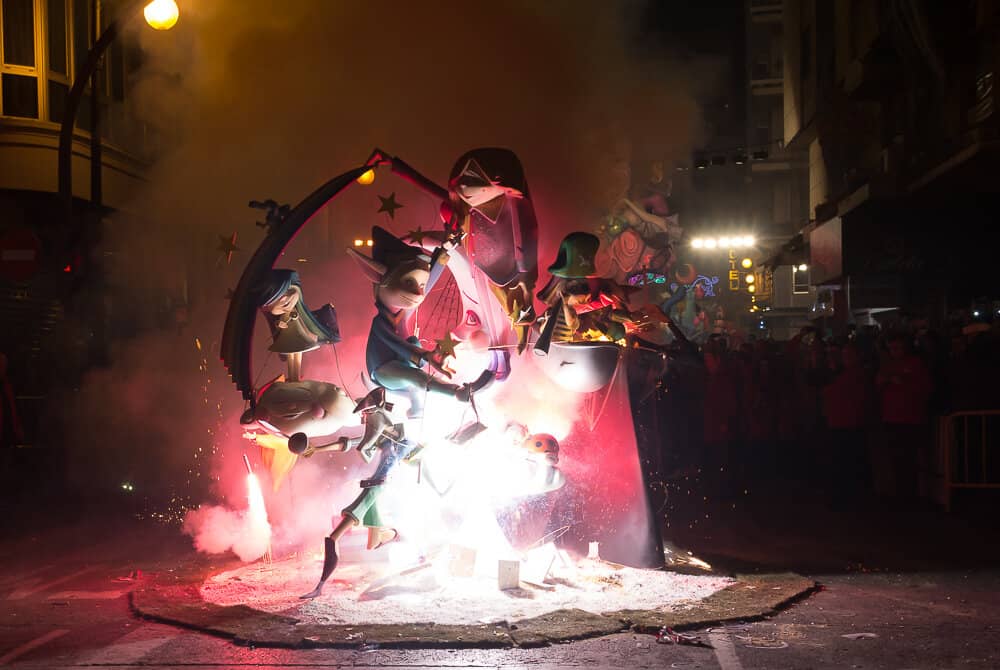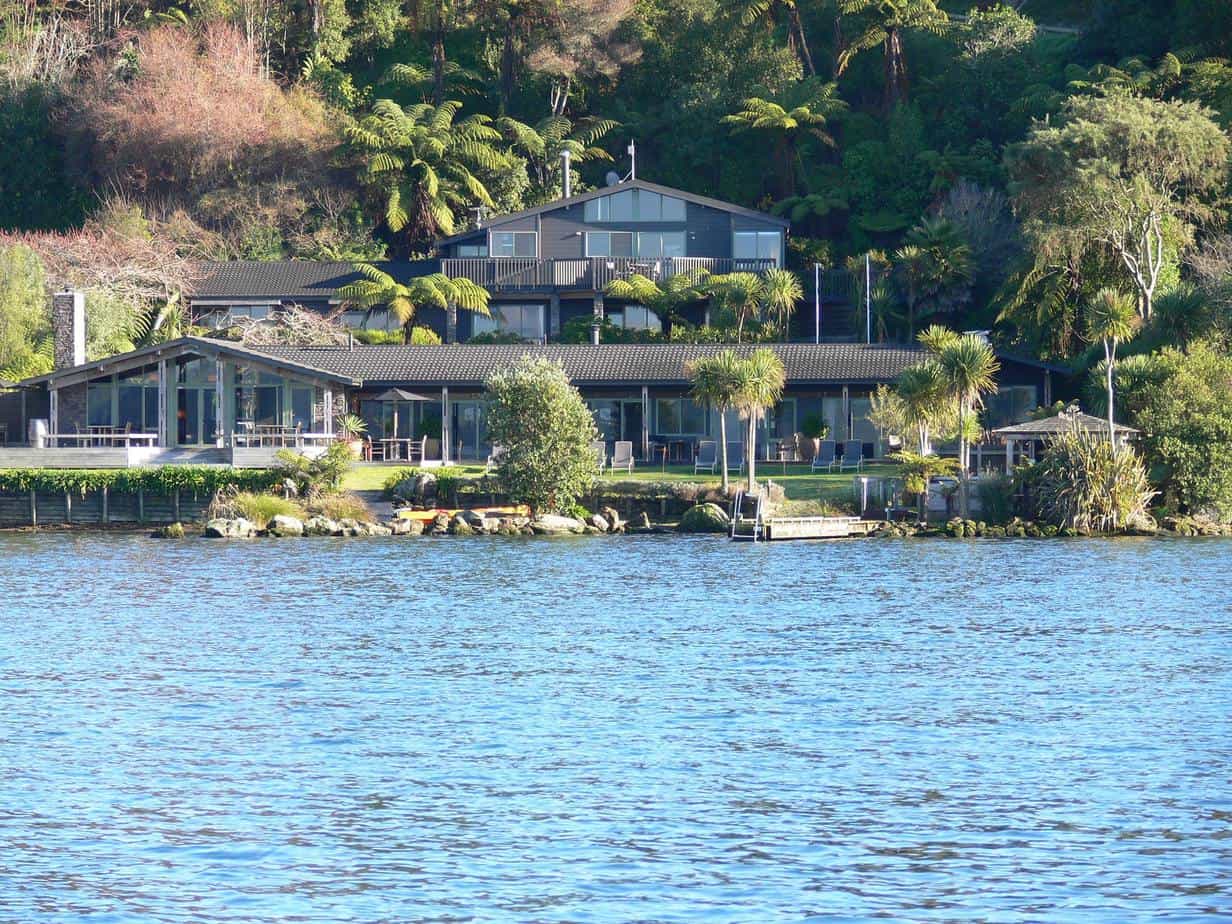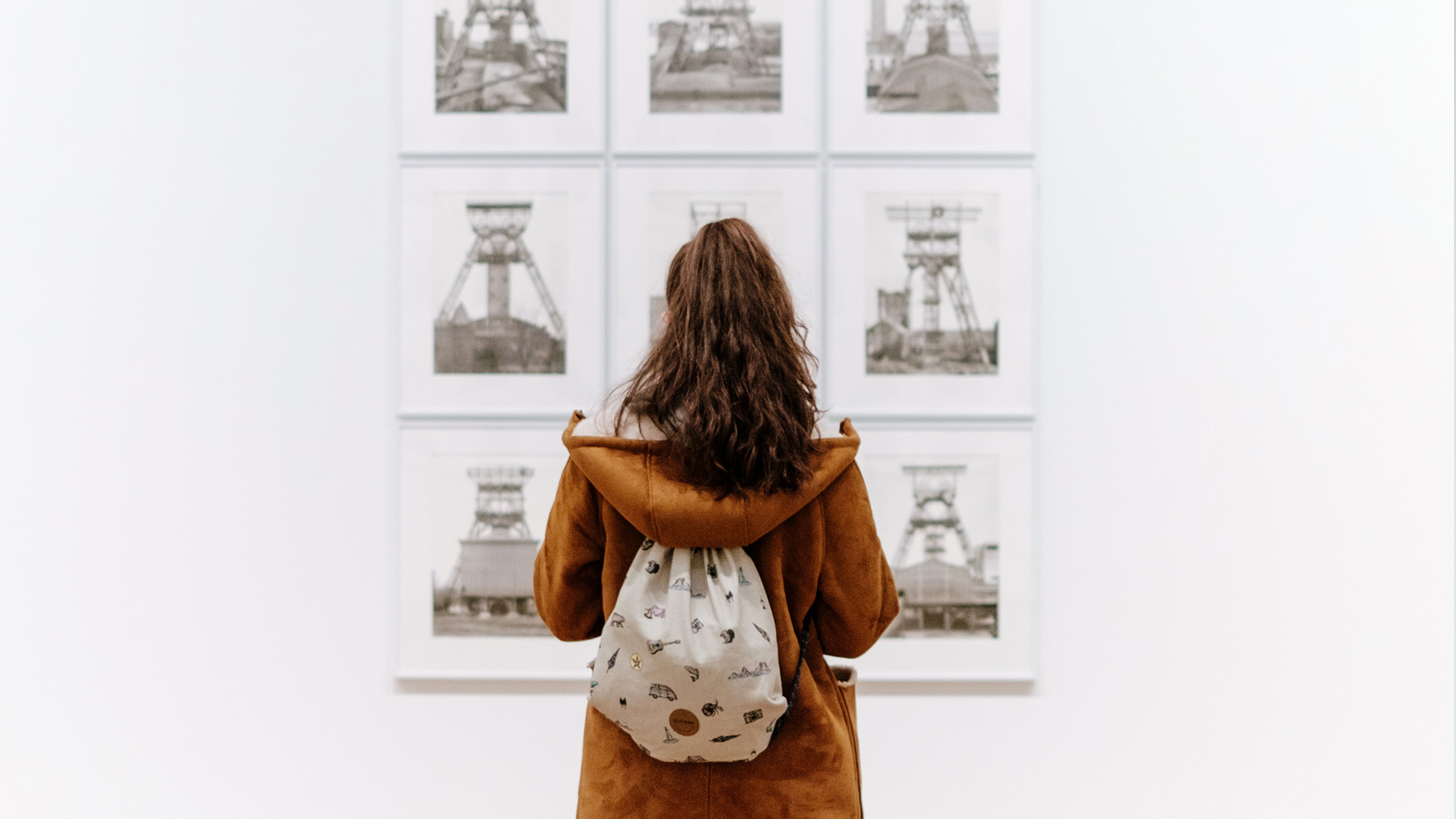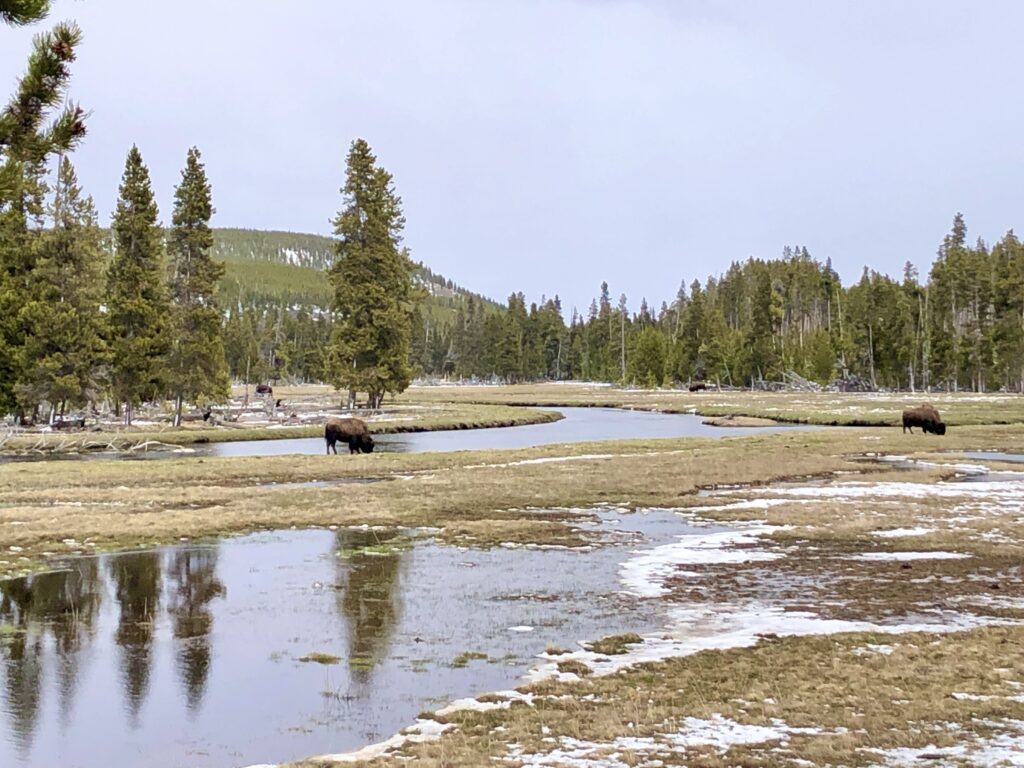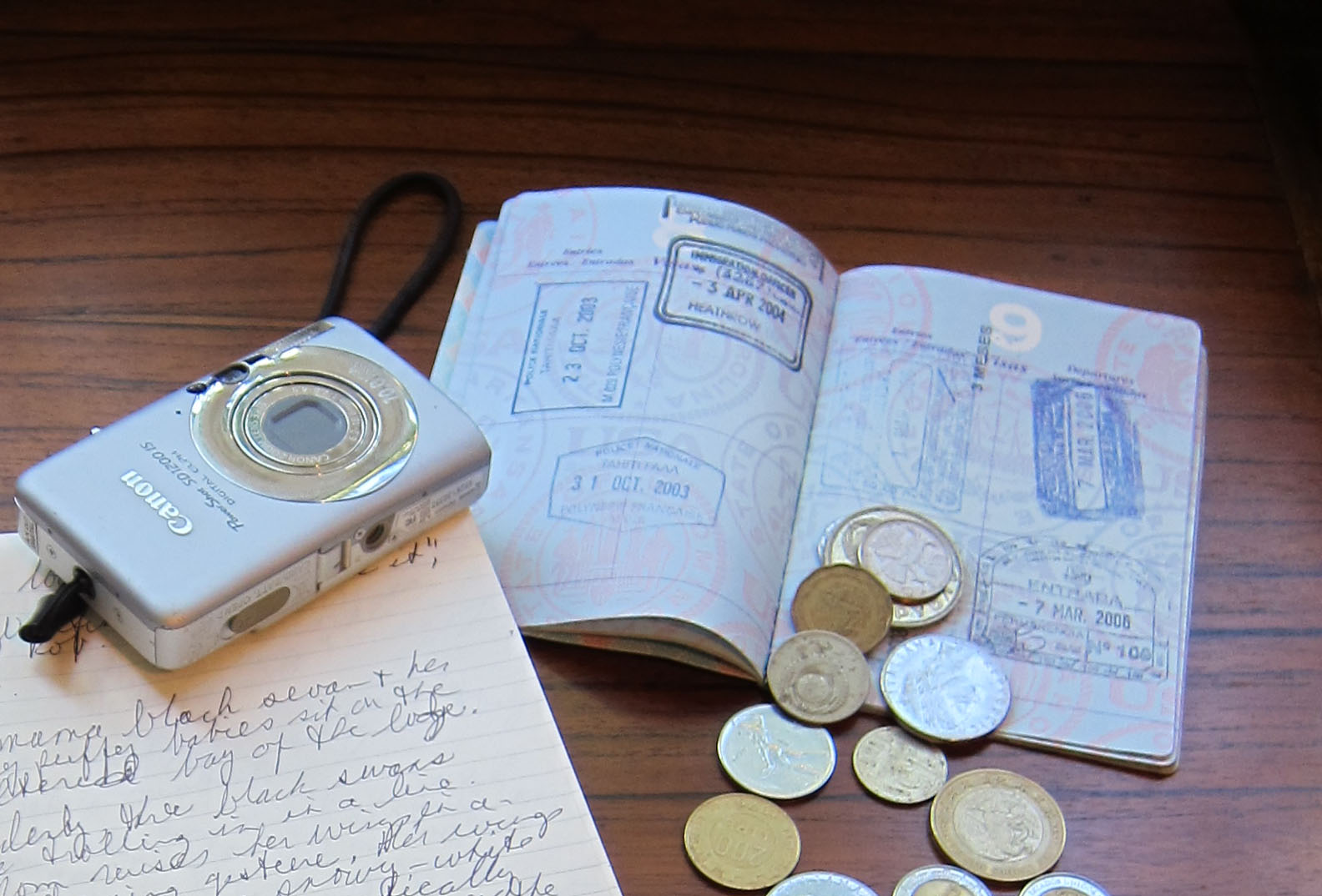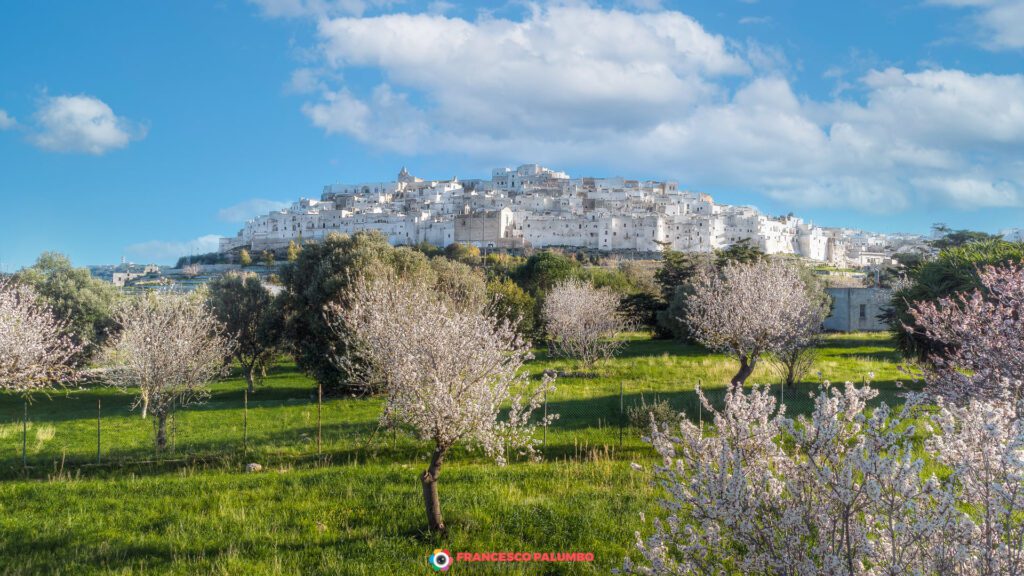
“No, no,” said the Italian civil servant. “I cannot help you.”
I slumped with frustration. I had traveled to the White City of Ostuni, Italy on a mission. But I had run into that most Italian of obstacles, the government worker. Our face-off took place in the town hall, the Palazzo Municipale, a former 1304 Franciscan convent.
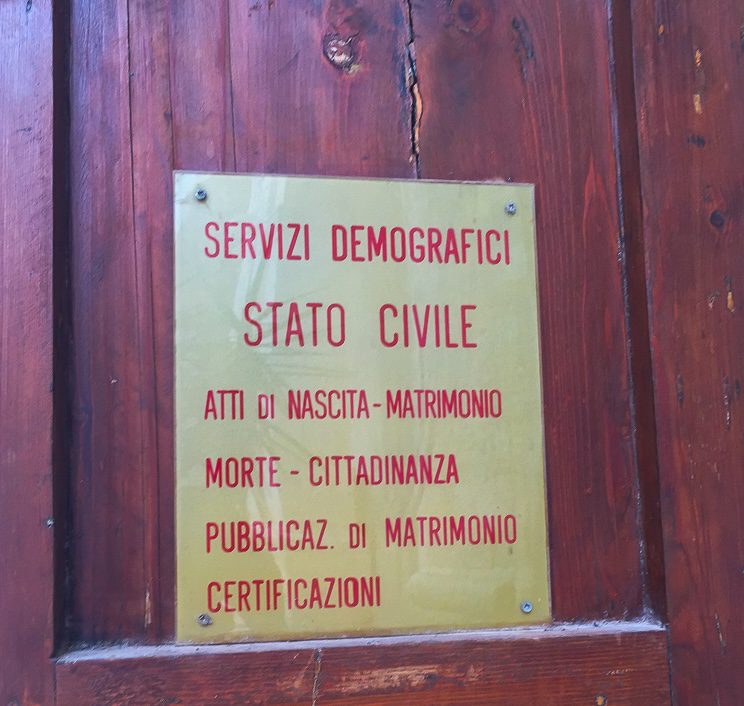
The sign on his door read Servizi Demografici – Demographic Services. I knew I was in the right place – this office holds the anegrafe, Ostuni’s registry of births, marriages and deaths. I arrived there seeking my paternal ancestry for I am an Asiano, spelled as Asciano in Ostuni. I hoped to travel further back in time and learn more of my ancestors, part of my research for my memoir, Shattered Compass.
Yet, our face-off had already began.
“But why? This is the Demographic Services office,” I stammered in my rusty Italian. “I’m looking for these names, all born in Ostuni. I need the names of their mothers and fathers. Can’t you look up their birth certificates?”
“No, you have to go to another office, Social Services,” he said, pointed across a courtyard.
Impatient, I already had cooled my heels for over a half-hour waiting for him to show. He only arrived after I cited a certain Italian law to his assistant. A law that states that anyone who shows up at a government service counter must be served.
Yes, the Italian government actually made this into law.
As an university student in Italy, I had learned about it from my cousin, Pino, years ago. He helped me straighten out my student visa paperwork at a police station as I was hours from deportation back to the US.
The assistant of the man I needed promptly summoned him, probably interrupting his morning coffee at a nearby café. Now facing the proper official in Social Services, I saw that I was trouble in his eyes. He quickly sized me up as a day or two of hard work for him. And that’s when he said he couldn’t help me and pointed me towards the door.
Defeated, I crossed the courtyard to search for Social Services and face another civil servant.
“Why are you here?” she asked. “You’re supposed to go to Demographic Services.”
Travel to The Ancient, Unknown Province of Puglia in Italy
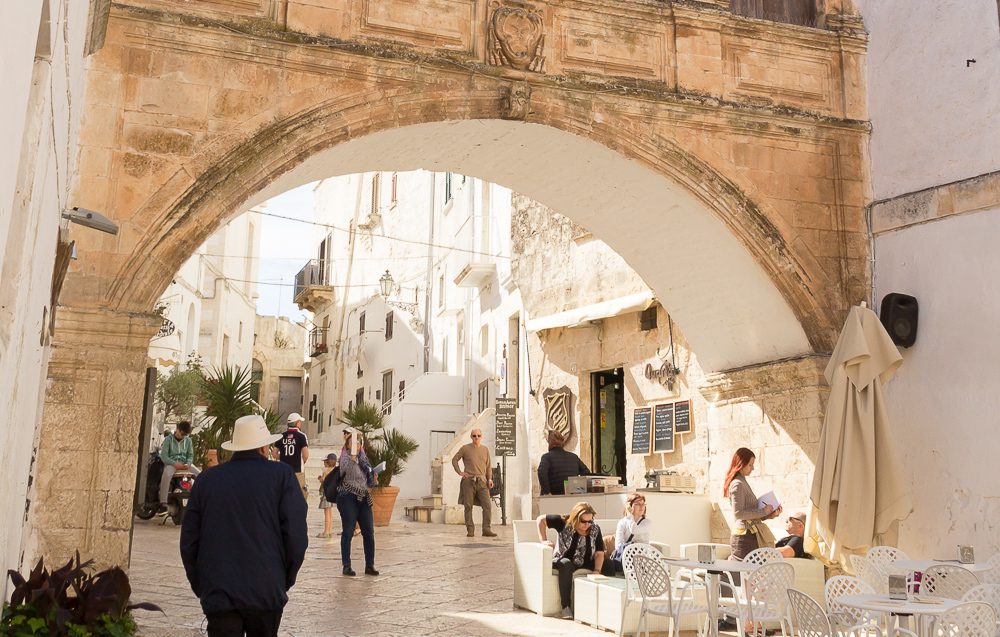
In the rarely visited Italian province of Puglia, Ostuni is largely skipped by American travelers on the Venice, Florence, Rome and Naples tourist trail. The ancient province occupies the limestone peninsula, creating the stiletto heel of Italy’s boot. Here, the Adriatic and Ionian Seas merge, azure waters as gem-like as the Caribbean.
My husband, Rob, and I had raced south down the Adriatic coast on a rapido train to the birthplace of my paternal grandfather, Joe Asiano, born Giuseppe Asciano. After after hours of research on ancestry websites, I learned that, as a teenager, he had emigrated from this wide gray-green plain of olive trees to toil in Steubenville, Ohio’s steel mills. I knew my grandfather’s birthday as well as my great-grandfather’s name, Francesco Asciano, and his birthday, both born in Ostuni. Then the trail abruptly ended as a tree branch had broken off.
That morning, I felt excited heading to the Palazzo Municipale, straight to the source of my ancestral roots where I would learn more family’s names. I had already found an Asciano on Ostuni’s World War I memorial. Who is Eugenio? Am I related to him?
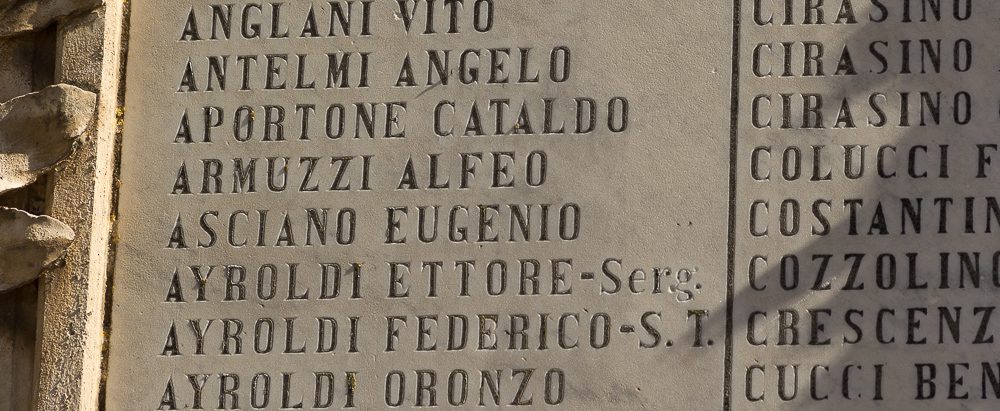
But during this second face-off with an Italian civil servant, I was getting nowhere, smashed against the stone wall of Italian bureaucracy.
Finding Greece and the Middle East In the White City of Ostuni
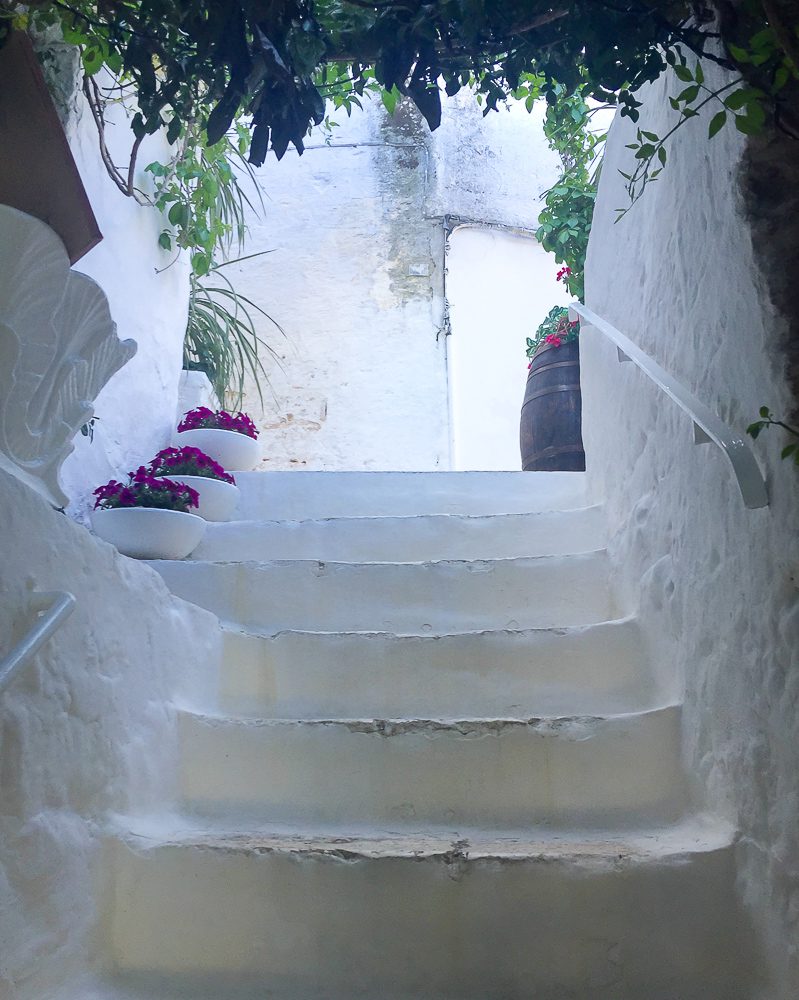
Called the Wedding Cake by locals, this cake’s white architectural layers came from many ruling civilizations, Byzantine, Norman, Aragonese, Lombard, Spanish, Bourbon and Ottoman Turk.
Outside Ostuni, signs on the autostrada display both Italian and Greek. On the coast, ferries ply their way across the Ionian Sea to Greece. Once part of Magna Grecia, old people in villages to the south still speak an ancient dialect called Grico.
Reminiscent of Greece or the Middle East, Ostuni’s historical center is a walled acropolis of whitewashed buildings, archways, and narrow lanes. Since the Middle Ages, the citizenry had whitewashed the town to reflect the hot sun, keeping interiors cool. Or, perhaps, the lime in the whitewash acted as a disinfectant during pandemics. Or it may be simply because there’s plenty of lime available since Ostuni stands on limestone hills.
Unfortunately, Ostuni attracted many invaders. The worst siege happened in 1480 during a bloody occupation by an Ottoman Turkish fleet. For one year, the Turks raped and pillaged up and down the coastline until the armies of Pope Sixtus IV and the French King of Naples routed them out.
My Past in Ostuni Italy

During my Italian university year, I had visited Ostuni after a spring break on Crete. After my ferry from Greece landed in nearby Brindisi, I caught a local train to visit the relatives of my great-grandmother, Maria Ciseria, the mother of Joe Asiano. I spent my days wandering through the White City. On Via Cattedrale, I passed the old palaces of the nobility and got lost in alleyways draped in scarlet bougainvillea. I dined on Puglia’s ancient, regional pasta, shaped like little ears, called orecchiette. I snorkeled in the gin-clear waters off Rosa Marino Beach. And I climbed atop one of Ostuni’s trulli, a traditional Apulian dry stone hut with a conical roof, for a snapshot.
In my travel journal, I had chronicled my impressions of Ostuni’s exotic landscape, reminiscent of Morocco or Turkey:
“The land is of red earth, white stone walls and houses, green herb and olive trees. The sea is clear, so clear…(This area) gives me an eerie feeling of being in the Middle East, what with palm trees, Turkish houses, white walls and a crescent moon.”
As a kid, I was told that, despite being 100% Italian, we probably had some Greek or Turkish blood due to the local history of invasions. So the Middle Eastern influences had made sense to me.
On that trip, no paternal Asciano relatives had been found. I promised myself that someday I’d return to find them.
Exploring A Masseria In Ostuni Italy
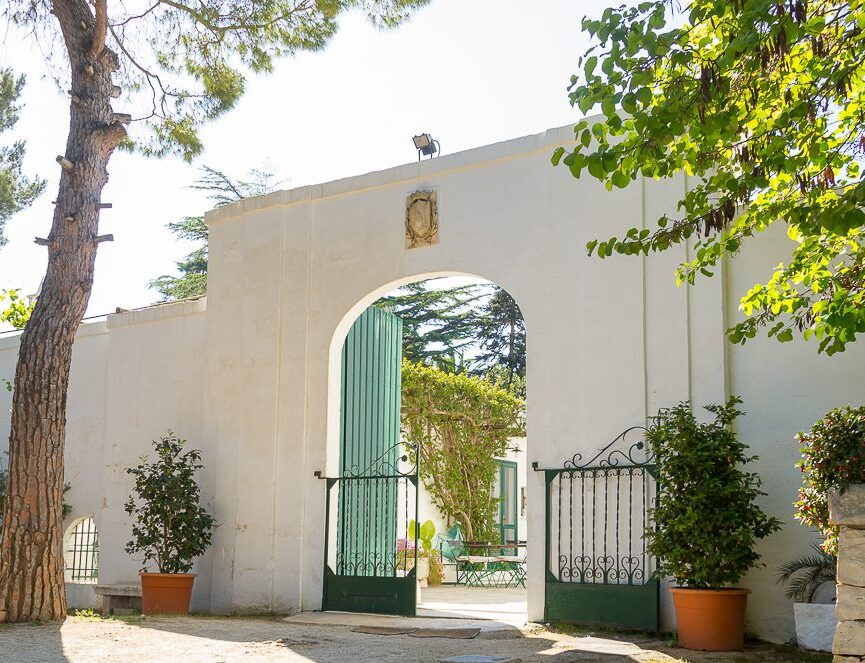
But now I finally made my way back to Ostuni. As the White City came into view, resplendently lit in a gathering dusk, I said to Rob, “I’m so excited to be here. I haven’t been back here in decades.”
Our taxi negotiated the narrow roads outside of town, lined with rock walls and olive groves. Historic fortified farms, called masserie, dotted the landscape. Centuries of sackings influenced their Moorish architecture.
We halted in front of the thick white walls of Masseria Il Frantoio, or Masseria of the Olive Press. We stepped into the darkness to face a heavy gated archway displaying the sigil, or seal, of the Tanzarella family, founders of the farm in the early 1500s.

Inside the walls, we crossed a stone courtyard past a family chapel and a 1700s villa. Relieved of our bags, a hostess ushered us inside a former stalla, or animal shed, now converted into Il Frantoio’s famous restaurant. She ushered us into a cozy dining room with low, vaulted ceilings and a raging fireplace. We sat at a candlelit table for two, set with place cards noting our names in calligraphy.
“We have prepared for you a small snack,” she said, laying bottles of Ognisole red wine, mineral water and the house olive oil before us. Then she set down fresh baked bread and a small dish of salumi, homemade salamis made with basil, adorned with a single wildflower.
Oh, what a lovely snack.
But there was more.
She loaded a side table with platters of tomato rolls, lasagna, and a salad of farm greens. Tiny dishes held local almonds and the farm’s own olives.
All for us.
For dessert – yes, our “snack” included dessert! – a Bewitched Ricotta Cake, laced with Strega liqueur – strega means ‘witch.’ In the candlelight, it lay daintily upon a pool of Chantilly cream, adorned with almond cookie triangles and a tiny yellow rose. Between bites, we sipped homemade wild berry liqueur.
Later, our hostess led her two weary travelers to our room, a long, former grain storehouse with tall vaulted ceilings and high windows. A Chinese bed stood in a sitting area, suitable for reading. Beyond, a roomy bathroom and a wide bed to sink into.
She bent down and lifted the corner of a rug on the stone floor, revealing a wooden door.
“This is a door to a secret underground storeroom,” she said. “Grain was hidden inside here during sieges.” Within this fortified farm, between the sigil and the sackings, I felt as if we had dropped into a Game of Thrones episode.
Afoot on a Country Estate in Puglia
The next morning, we explored our new surroundings like curious children. Behind the restaurant, we found a leafy organic kitchen garden. We walked through a wooden gate to discover a limonaia, a walled citrus grove. Each tree, heavy with oranges, lemons, limes, was irrigated Arab-style through a system of stone water channels.
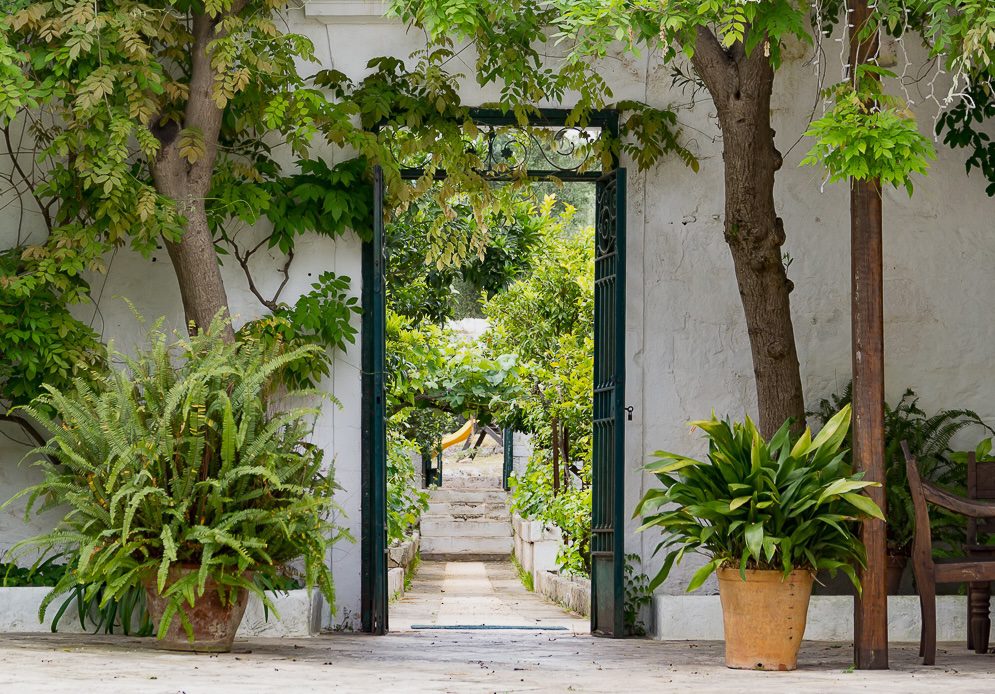
Beyond the limonaia, we strolled across a green meadow dotted with 2,000-year-old olive trees planted when Christ was still alive. Still bearing fruit in the rocky soil, their gnarled trunks divided into two and wove themselves into fantastical double helix shapes resembling strands of DNA.
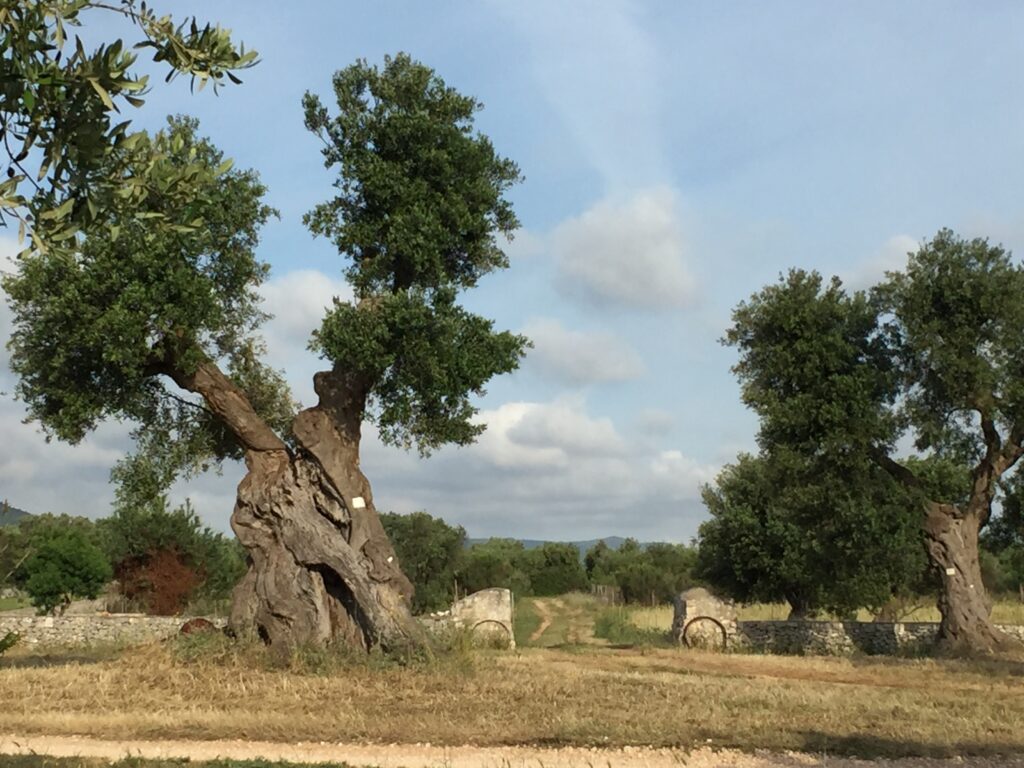
Considered pieces of living history, the Italian government controlled the care and preservation of these ancients. Each bore a metal ID tag and a name, Sophia, Giuseppe, Franco.
We found an old Roman road traversing more olive groves, terraced with stone walls. I hopped atop one wall to study the blue Adriatic beyond, the air redolent of the sea.
Everything about this land felt welcoming, alive and warm.
Yet, my grandfather had spoken little about Ostuni; when he did, it was never nostalgically. To him, this hardscrabble land resonated with grueling labor and crushing poverty, which the Italians call la miseria, a poverty that drove his family to a new, unknown land.
Desperately poor locals ate wild onions and asparagus as well as another weed that eventually gained fame as arugula.
Since it’s impossible to run cattle on the stony soil, cheese and milk came from goats and sheep. Lambs were spit-roasted over fires in the Greek fashion. Seafood came from the Adriatic. And if fishermen returned with empty boats, their wives cooked another specialty, a seaweed soup called the Soup of the Escaped Fish.
Walking alongside Rob, I said, “I can see how my dad and I come from sturdy stock.”
Among the gnarled trees, spring had arrived. We hiked in shady groves of blossoming white pear and carob trees. Wild berry bushes, asparagus, chicory and wildflowers lined the orchard’s gravel roads.
The farm’s owner-chef, Rosalba, harvested it all for her guests’ meals. Thriving in the rough soil, this abundance of cultivated and wild food supplied her kitchen.
The Traditional Cuisine of Apulia
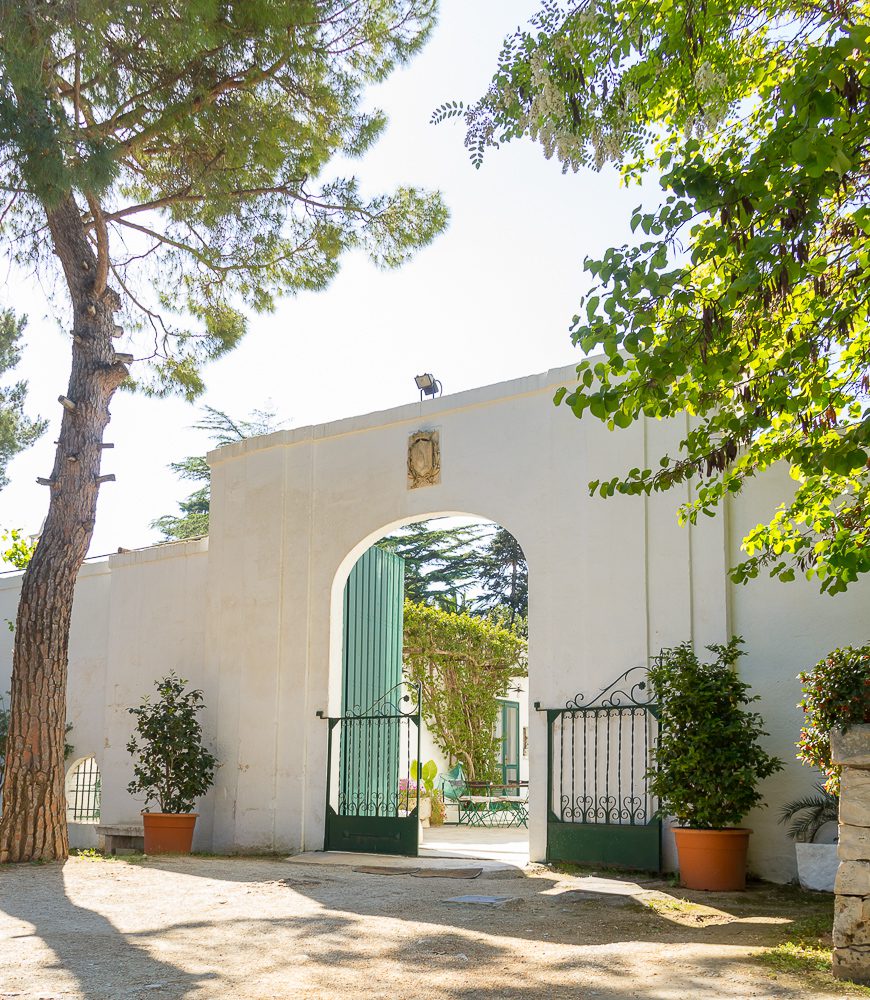
Diners crowded the masseria’s restaurant with tables laden with platters of white acacia flowers fried in pastry or tiny salted rosemary breads served with wild onion pate. Or her poetically named local seafood dish, ‘When Venus meets the Sea.’ In recognition of centuries of invasion by the Turks and Greeks, Rosalba’s menu offered Middle Eastern-influenced dishes, lamb with poppy leaves, fried fish with raisins, onions and the farm’s orange honey or goat cheese with saffron and pears. Locals and tourists from the world over arrived at her famous restaurant to savor my ancestors’ cuisine, a point of deep pride for me.
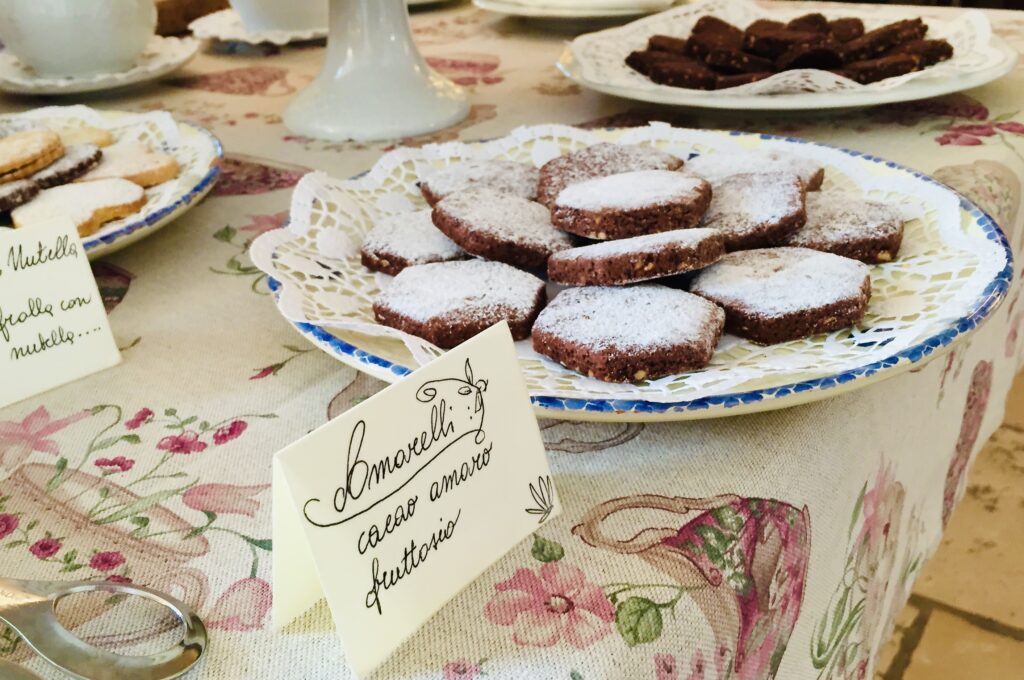
Later, I sat over espresso with Rosalba and her husband, Armando, Il Frantoio’s other owner, at a courtyard table under a heavy drape of bougainvillea. He spoke about the herbs and flowers he gathered on his land to create alcohol-based liquors and medicinal herbal infusions in his artisanal laboratory.
“Wild sage, chicory, fennel, borage and poppy as a calmative, each,” he said in his ornate Italian, “have their own effect and join together to form the heart of a beautiful infusion. He held a green bottle aloft. “This one is an olive leaf liqueur. I named it ‘When The Sigh is Met By An Olive Leaf.’”
Added Rosalba, “This all comes from five hundred years of sharing by our grandparents. It’s all verbal. Nothing is written.”
They taught me about the food of my ancestors. This patrimonio – my patrimony – nourished me, body and my soul.
Tangled in Italian Red Tape
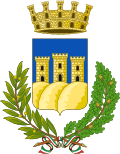

As I stood my ground in the Social Services office, the woman behind the counter picked up a phone to speak with my nemesis over in Demographic Services. After a spirited conversation, she hung up and faced me.
“Just a minute,” she said. She sat at her computer and started typing. I stood by with great expectation, hoping that at last the trail to my ancestors would open up. After a few minutes, she stood up, saying she had an answer for me.
“You must go to Bari,” she said. “To the provincial office and see if you can find help there. We cannot help you here.”
“Where do I go?”
She shrugged.
“To the anagrafe, of course, the provincial registry.”
Bari was only an hour away. Back at the masseria, after drilling through the province of Puglia’s labyrinthine website, I learned that service counter hours closed at noon every day. Except on Thursdays. Don’t ask why. To begin my search, I must fill out and email an application. It sunk in that I would’ve been better off starting my search at home with a fat Italian dictionary.
I tangled with Italian bureaucracy and Italian bureaucracy won.
During my Ostuni visit, the spectre of casting my dreamy trip into a maelstrom of provincial red tape and Italian civil servants drove me back to the sun-washed gravel roads of my ancestral land. So I returned to more peaceful hikes in the countryside and enjoying the delicate meals flowing from Rosalba’s kitchen.
And I realized that I did discover what I came searching for – to learn about my ancestors, not just their names but their characters. My ancestors had survived sackings and sieges. I now understood why the original founders, the Tanzarellas, had built their masseria in the early 1500s; they remembered that yearlong Turkish siege in 1480. And my DNA encloses it all, woven into a double helix just like the trunks of those 2,000-year-old olive trees.
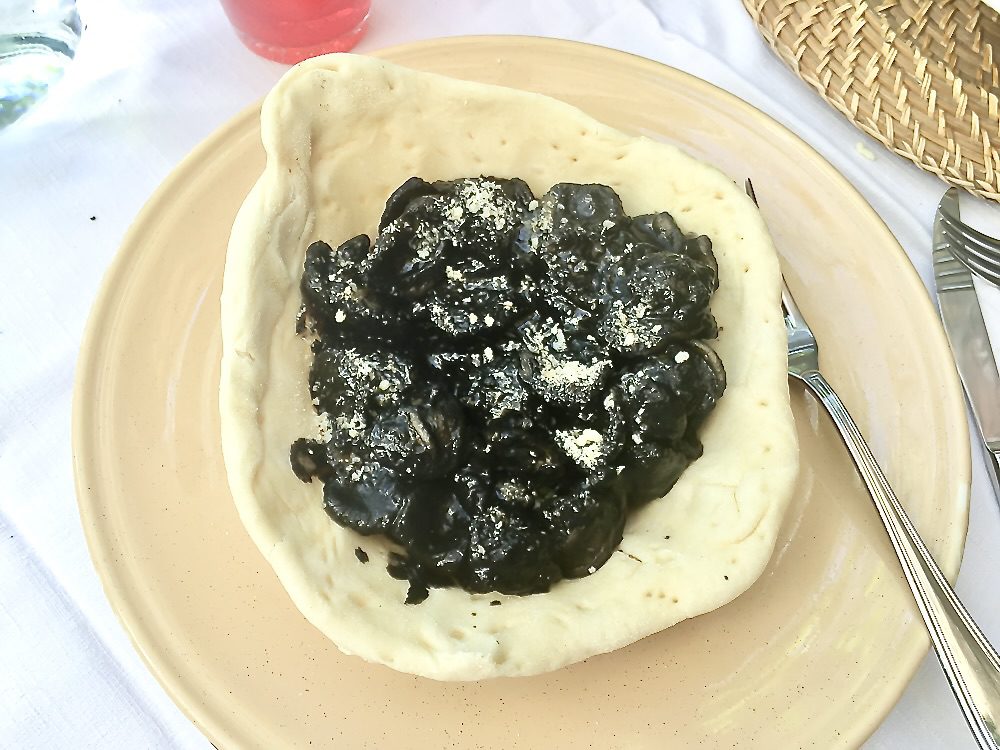
Where to Eat in Ostuni
For the main meal of the day in Italy, we dined on classic Puglia cuisine, black ink orecchiette, on a white terrace shaded by an ancient pepper tree and bougainvillea. Around the White City, you’ll find little cafes, bars and bistros for drinks, coffee and food. You’ll find fresh food from local farms and the nearby Adriatic Sea prepared by the best chefs.
Where to Stay in Ostuni
The best place to stay for Italian foodies. Be sure to pick up the estate olive oil pressed in the underground olive mill. Rooms/suites start approximately at $156US and includes breakfast. A half board rate includes dinner is highly recommended. Free parking, free WIFI, a saltwater pool, bike rentals and privileged access to partner beaches.
Closer to town, sixteenth century Masseria Salinola was once an old salt house and another great, characteristic choice in Ostuni. The organic farm supplies the restaurant and there’s a wide, shady terrace, pool, and a playground, surrounded lovely landscaping. Rates for rooms/suites start at $194US, including breakfast; half-board is also available.
If You Visit Off the Beaten Path of Ostuni

On a wide plain of olive groves between Ostuni and the sea, which is popular with cyclists, European tourists arrived to explore the masseria and trulli, beaches, underground olive mills, regional cuisine and many wine and olive oil tastings. If you want to visit this off the beaten path destination, visit Ostuni Tourism, the official tourism site for Puglia and Ostuni.
